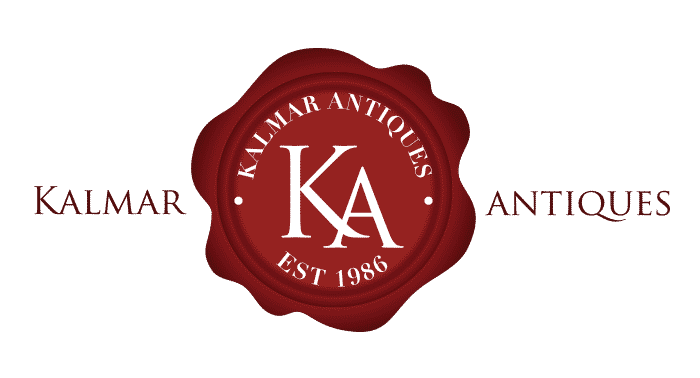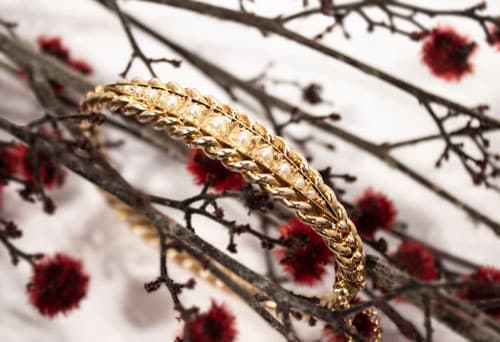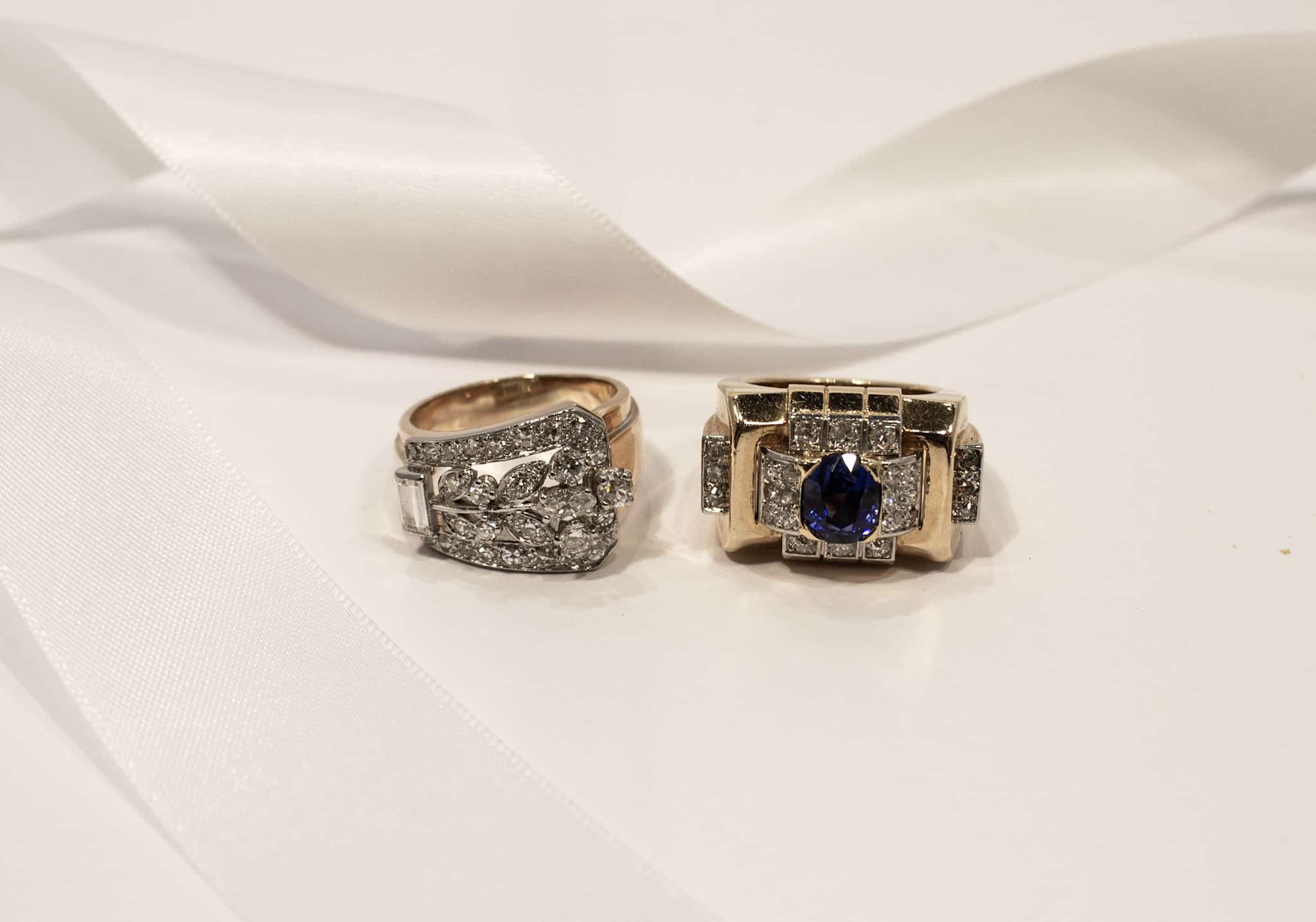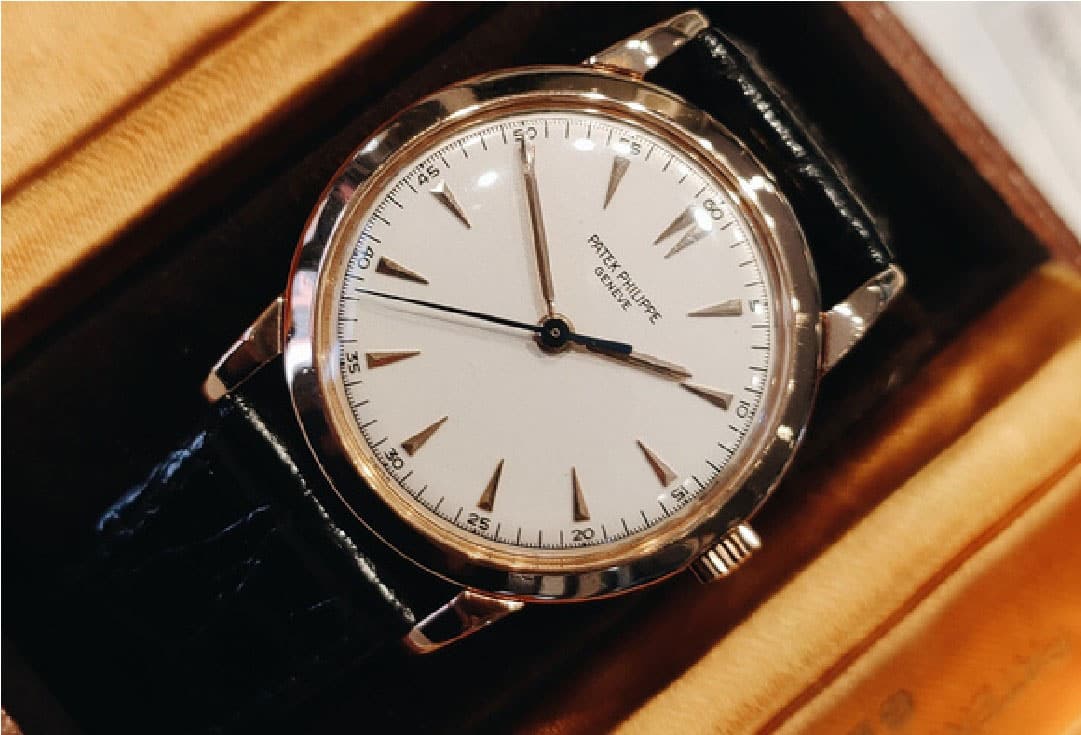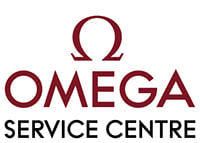
This era pre-dates the more well known Art Deco era by about 10 to 15 years, and is so often under looked in the history of jewellery.The Art Nouveau era came about and is so named after the Maison de l'Art Nouveau - House of New Art, or more precisely L'Art Nouveau that opened in Paris by Siegfried Bing in 1895, and focused on “Modern Art".
The late Victorian era still maintained a lot of influence from nature, specifically using forms such as leaf and petal designs as an integral feature, and the Art Nouveau era was no different. Inspired by Japanese art forms that made its way into Europe in the 1800's, the way the forms were portrayed is what makes a notable difference in the two styles.
Whereas the Victorian era would use a lot of symmetry in its style, the Art Nouveau era started to use more “organic" styling and forms, as well as no longer being symmetrical. The term “whiplash design" is one that is often used to describe some Art Nouveau forms of jewellery.
With a style that is very feminine, the Art Nouveau era is a very soft, free flowing style that has produced its very own genre.
Reaction to this “new" style of not only jewellery, but also furniture, paintings, sculpture and various other art forms was worldwide and instantaneous. From England to France, from Germany to the United States and Australia, each country embraced this style and made it their own.
Materials and techniques not previously used before in jewellery making in Europe and the United Kingdom were now being used.
Enamelling was used quite extensively, and this was not limited to being used on precious metals such as gold. The use of silver became very popular as a metal to create jewellery that is still today breathtaking.
This included the wonderful enamelling technique of "plique a jour" a French term meaning “open to light" where the finished piece has transparent enamel held between the thin metal wires.
Other materials used during the Art Nouveau period was ivory, amber and blister pearls to name a few.
Some of the more famous jewellers of this period include Rene Lalique, Karl Faberge, George Fouquet, and Louis Tiffany. These were people who often did not limit themselves to just jewellery and from their factories produced some of the most breathtaking works of art in the form of lamps and lampshades, bowls and various other works of art.
The Art Nouveau era really stopped at the start of World War I, whereas the Art Deco period thrived and continued on well into the 1920's.
[DJ1]Images
